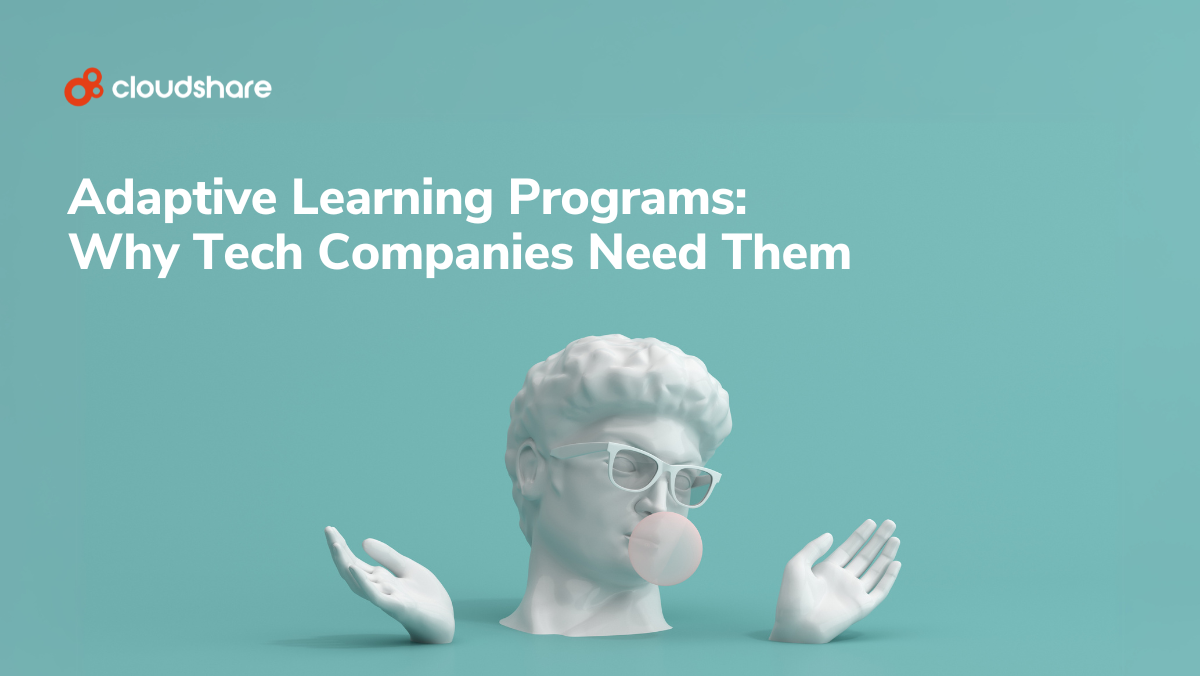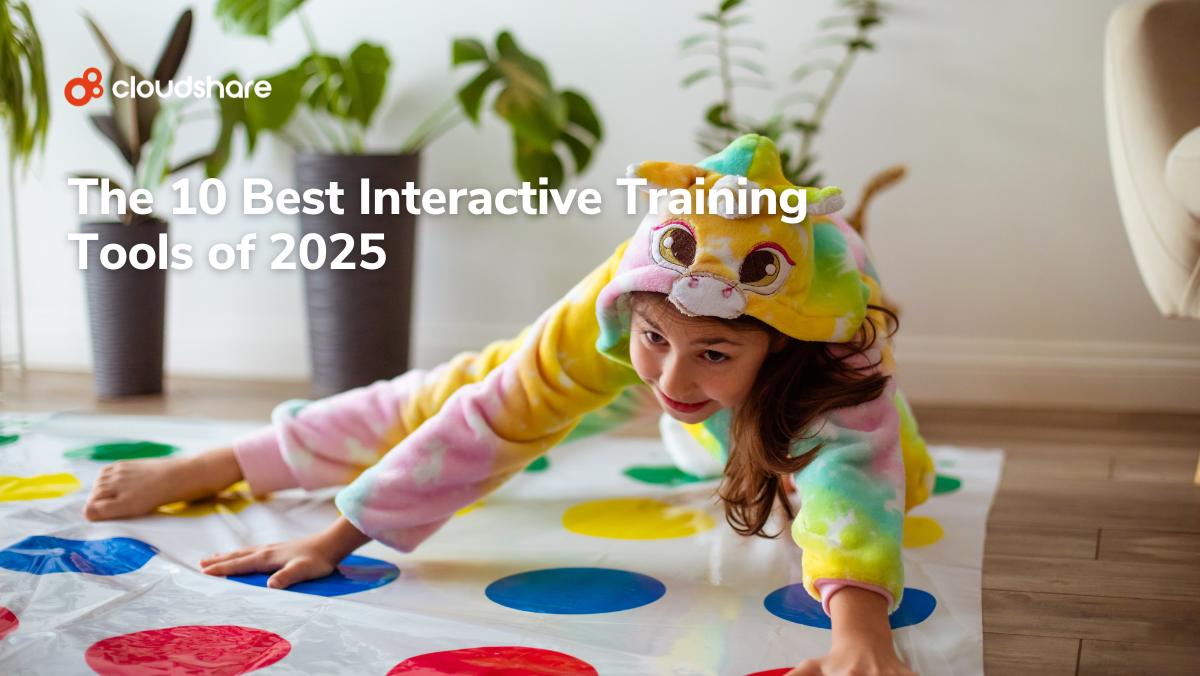
Artificial intelligence may well be the most disruptive technology since the invention of the Internet. Tools like ChatGPT have fundamentally upset the foundations of multiple industries.
Building on that, machine learning-backed AI models have proved invaluable for use cases ranging from predictive maintenance to price optimization. The possibilities really are endless.
And what we’ve seen so far may only be the tip of the iceberg.
Amidst considerable exploration and innovation, AI has evolved considerably in just the past year, and it will likely continue to evolve at an unprecedented pace moving forward. According to Our World in Data, 90 percent of AI experts believe that we could have human-level AI within the next hundred years.
What does this mean for human workers, especially when you consider the World Economic Forum’s claim that 80% of new jobs by 2031 will require AI-literacy.
The answer is clear: AI upskilling is a must-have for organizations today. If you haven’t already started looking into AI training, you need to – and soon. Otherwise, you risk being left behind by not only your customers but also your employees.
Reskilling in the Age of AI: Why Are Businesses Dragging Their Feet?
Per a recent survey by 5Mins AI, 84 percent of people believe that AI and ML will have the biggest impact on the evolution of the workplace. Upskilling and reskilling were regarded as important to career development by 98 percent of respondents. Unfortunately, only 75 percent of employees felt they could prioritize reskilling and upskilling.
What sort of AI upskilling and reskilling initiatives do businesses have in place?
Unfortunately, they don’t appear to be doing as much as they should. A recent BCG study reports that companies are investing heavily in upskilling, dedicating as much as 1.5 percent of their total budgets towards training. Unfortunately, reskilling is another matter entirely.
“Upskilling alone won’t be enough,” reads a piece published by The Harvard Business Review. “In the coming decades, millions of workers may need to be entirely reskilled – a fundamental and profoundly complex social challenge that will require workers not only to acquire new skills but to use them to change occupations.”
At the same time, over a third of respondents in a 2023 report by McKinsey said that their organizations are already using generative AI. Forty percent said that they expect their companies to invest more in AI in the near future. But what about training?
What all this tells us is that while businesses are quick to embrace and utilize technologies like generative AI, they seem far less willing to put time and effort into the training necessary to support those technologies. The misuse of generative AI is one result of this mindset.
Many businesses have embraced ChatGPT as a replacement for human creativity, in the process demonstrating a fundamental misunderstanding of the technology. Artificial intelligence, as it exists now, cannot replace humans, nor is it meant to. Instead, it can be used to both empower and enable human personnel, providing their business with a significant competitive advantage in the process – the effective implementation of AI tools can improve employee productivity by as much as 66 percent.
Best Practices for AI Upskilling Training
A successful AI upskilling program isn’t something that can be implemented overnight. It takes a great deal of planning and research. Below, we’ll walk you through what’s involved.
Build a Culture of Continuous Learning
Before you start exploring AI-enabled training, you need the right mindset. Your business must be committed to helping its people learn and grow. Knowledge acquisition and professional development must be encouraged on an organization-wide basis.
Promoting a culture of continuous learning will allow your organization to adapt to AI’s rapid development, as your people are already prepared to grow and evolve.
Even without AI, this is something you should have already been doing. Professional development is a major incentive for employees. According to APA’s 2023 Work in America Workforce Survey, 91 percent of people feel it’s important for them to have consistent opportunities to learn, while a 2018 study by Gartner found a lack of career opportunities is the main reason employees leave an organization.
Start With Leadership
The first step is to make sure decision-makers within your organization are familiar with AI. Everyone should have a general idea of AI tools that might feasibly be implemented within their workplace. Those individuals responsible for developing your training program should also develop an understanding of the AI industry, including:
- Current and emerging trends
- Relevant industry use cases
- The process of training a new machine-learning model, including preprocessing and evaluation.
It’s important for your training and development teams to work with leadership to identify what functions and roles could benefit most from AI. This should serve as the starting point for mapping out what the upskilling and reskilling needs are. It also can provide insights into what areas of the business may require additional hiring or staffing changes.
Prioritize Ethics and Accountability
Few technologies have as much potential for misuse and abuse as artificial intelligence. When implementing AI into your organization’s training and workflows, you must keep ethics front of mind. First and foremost, this means taking steps to ensure that if you deploy your own models, the data used to train them doesn’t use copyrighted material or private data.
It also means implementing AI so that it empowers your employees. AI should never be regarded as a replacement for humans, but instead must be a tool that allows your people to work more efficiently and effectively.
You should also conduct regular audits of how and where people are using AI within your organization. Ensure that they’re using AI securely and responsibly, and ask them questions that will allow you to gauge their competence – such as how a tool’s core features help them do their job. This will also help you keep track of potential skill and knowledge gaps.
Embrace AI as Part of the Training Process
Upskilling training aside, you should also explore how artificial intelligence can improve the workplace learning experience in general. You can start by coaching your training managers on effective prompt engineering. From there, incorporate ChatGPT into your training before potentially implementing more specialized tools such as Veed, HeyGen or Synthesia.
Get Everyone Involved
Just as leaders from across your organization should understand the basics of AI, they should also participate in the development of an AI policy that outlines implementation, risks, and acceptable use. Beyond that, everyone should have a say in the development of your upskilling program. This will keep your AI training aligned with broader organizational objectives while also helping to ensure it meets everyone’s needs.
Moreover, it will help keep your training program accessible – leaders can work together to make sure every employee knows where to look and what to do in order to familiarize themselves with the technology.
Stay Up To Date
AI isn’t just one of the most disruptive technologies the world has ever seen; it’s also one of the most rapidly evolving. Change should be regarded as a natural part of both training and leadership. In addition, you and your colleagues should make an effort to keep track of any news or trends that might impact how your organization uses and implements AI.
Embracing Smarter Training Through AI
Technologies like generative AI are relatively new, yet in the short time they’ve existed, they’ve completely changed how we do business. What we’ve seen so far is very likely only the beginning. With the breakneck pace at which AI is evolving, further disruption is almost guaranteed.
Businesses that start working to implement the technology and upskill their people now will be well-positioned to adapt to that disruption when it occurs. Companies that ignore the writing on the wall will inevitably be left behind by their savvier competitors.




